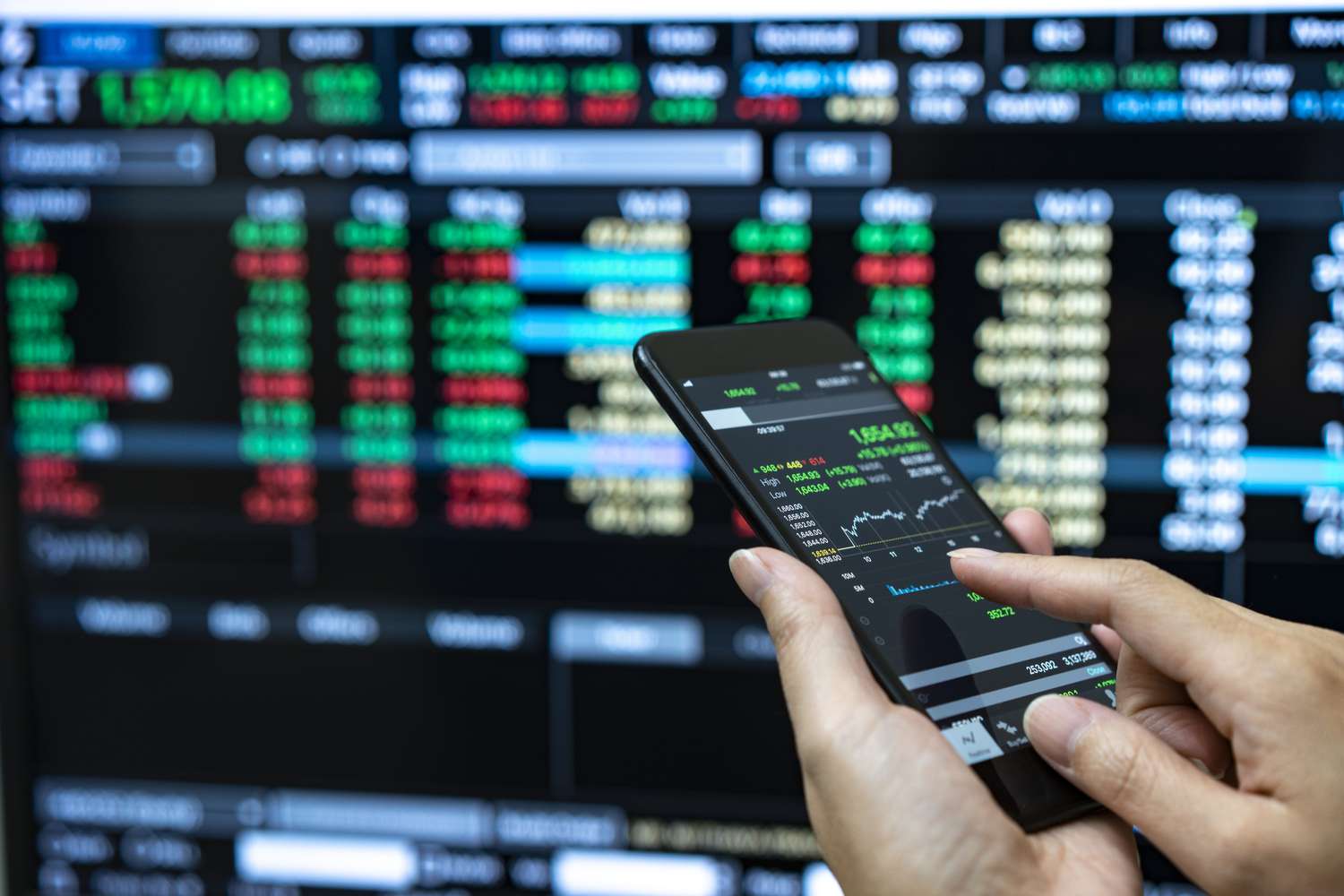Real time trading bot

One of the most notable innovations in the cryptocurrency market is the use of trading bots on financial markets. These programs execute trades on exchanges without human intervention, analyzing data and reacting to changes in real time. A trading bot is not just an algorithm; it’s a game-changer that has transformed the rules of the financial world.
A real-time trading bot is one of the most significant advances in financial technology. Its capabilities cover a wide range of tasks—from instant market analysis to automatic order execution with minimal latency. Each year, these systems become more intelligent, and their potential becomes increasingly apparent.
Trading on an exchange demands speed, precision, and emotional resilience—qualities where humans often fall short. Bots, however, operate around the clock, without fatigue or subjective judgment. Crucially, real-time operation means that even a fraction of a second delay can result in substantial losses. Thanks to their rapid analysis and execution speeds, bots react instantaneously to market signals, giving them a distinct edge over most manual traders.
The core principle of a trading bot involves collecting and interpreting market data. It connects to the exchange’s API, monitors quotes, trading volumes, charts, and news. Based on its embedded strategy, it makes the buy or sell decision—whether through simple logic, such as moving averages, or more complex systems driven by machine learning and predictive models.
However, this approach isn’t without risks. An unsuccessful strategy, technical glitches, or an unstable internet connection can lead to financial losses. Moreover, algorithms may fail to account for factors vital to human traders—such as political events, sensational news, or unexpected statements by major market players.
Trading bots significantly reduce analysis time and minimize the influence of human emotion. This has become especially relevant in the cryptocurrency market, where volatility is extreme, and reactions to events need to be nearly instantaneous.
Looking ahead, we can expect even more sophisticated bots capable of adapting to evolving market conditions. Artificial intelligence and big data processing will open new horizons for traders. Nevertheless, it’s important to remember: despite the power of technology, success in trading still hinges on market understanding, strategic thinking, and risk management.
A real-time trading bot is not just a technological innovation—it symbolizes a new era in financial markets. It makes trading faster, more precise, and more accessible, but it requires a conscious approach and smart usage. Like any tool, its true strength depends on who wields it.